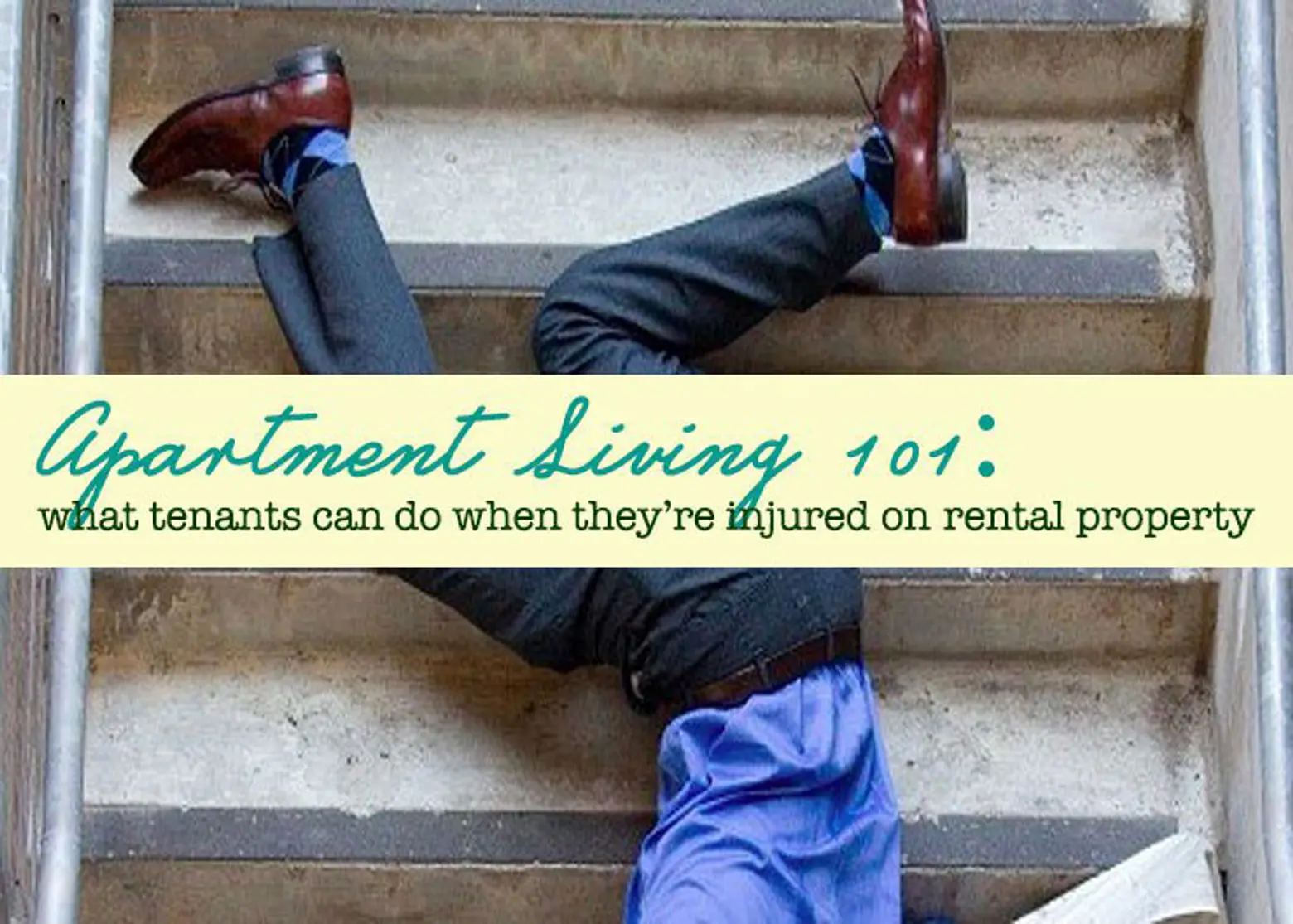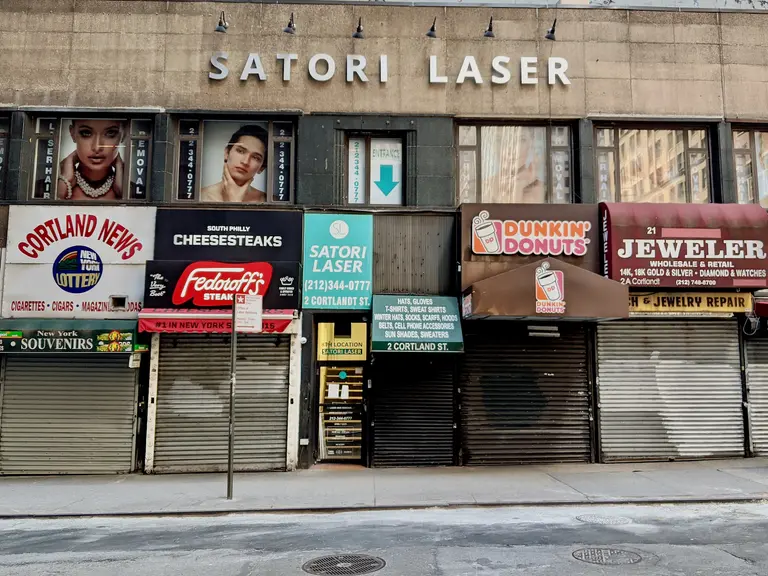What You Can Do If You’re Injured On Rental Property

Our ongoing series Apartment Living 101 is aimed at helping New Yorkers navigate the challenges of creating a happy home in the big city. This week Tom J. Moverman, partner at the Lipsig Law Firm, a practice specializing in personal injury, joins 6sqft to offer up tips on how to avoid injuries on a rental property, and what to do if they do occur.
In New York City, Manhattan remains the dominating force when it comes to new apartment construction. However, in recent years, boroughs such as Brooklyn have closed that gap considerably. According to BuildingCongress.com, Manhattan accounted for 37 percent of all of the apartment construction in New York City, and in Brooklyn, construction accounted for 36 percent of the rental property construction activity in the city. By the middle of 2015, there had been $10.5 billion in residential construction throughout the entire city of New York (to give an idea as to how much the volume has increased, there was just $11.9 billion in residential construction in all of 2014). With an increase in construction comes an increase in tenant injuries.
When volume increases, the demand to get new buildings up and generating revenue quickly also increases, and this means that corners will often be cut to make sure that rents from tenants can be collected in time to start showing a profit. Unfortunately, people can get injured when corners are cut, and tenants need to know how to protect themselves and fight back.
What Tenants Must Be Wary Of
Profitability is the driving factor behind most new construction. Oftentimes developers will outright engage in behavior that displays what little regard they have for tenants, ignoring the requests of potential residents or the community completely. An example of this is at Extell’s “poor door” building at 50 Riverside Boulevard which recently opened. The inclusion of low-income units on Riverside Boulevard left tenants with a divide of “rich” and “poor” sides, and those on the “poor” side have complained of disparities such as a lack of light fixtures in bedrooms and living rooms, as well as intercom systems not working properly. In such a scenario as this, where there is a clear divide of how the construction took place, tenants need to be very diligent of possible things left out that can lead to their injuries.
If a developer will ignore a community to generate more profit, then it will certainly cut corners to get a project up quicker or more cheaply. When that happens, residents of the new development must be aware of the types of tenant injuries that can occur when responsibilities are not met.
Many of the accidents that frequently occur in a development that was built too quickly include:
- faulty stairways
- missing elements such as interior doors or other finishes
- persistent plumbing and electrical issues
Some of the hazards of living in a faulty development can be extremely dangerous, including defective elevators, wiring that is not up to code, and construction materials that could fall into walkways without notice. Tenants can be seriously injured and landlords need to be held accountable.
How To Hold A Landlord Accountable
Landlord-tenant law says that a tenant must show that it was the landlord’s responsibility to repair the issue to prevent injury. More importantly, the tenant must show that the repair that was needed was neither difficult nor expensive to make. A jury needs to see real negligence on the part of the landlord, and you can preserve that negligence with pictures, affidavits from eyewitnesses, and videos of the area in need of repair.
Landlords are most responsible for injuries that occur in common areas such as hallways, stairways, and gathering places inside the facility. Some of the more common types of negligence include not making required repairs, allowing tenants to move into a new building that is not up to the local building codes, and putting defective furniture into furnished apartments. It is important for tenants to comprehensively catalog any issues they have with a property, if they want to prove that a landlord was negligent.
Your lease outlines the landlord responsibilities and the services you should expect your landlord to provide, but there are also common expectations based on legal requirements that landlords are also accountable for.
If you live in one of the newer apartment developments, be sure to stay vigilant when it comes to safety issues. Just because a building is new and a landlord is taking tenants, does not necessarily mean the building is safe. Tenants must remain on their guard and be prepared to prove landlord neglect whenever necessary.
+++
About Tom J. Moverman, Esq
Establishing the Lipsig Law Firm in 1989 along with Harry Lipsing, Mr. Moverman has devoted the majority of his practice to product liability and similarly complex cases. He is active in representing construction workers injured by hazardous site conditions, but his cases also range over defective consumer and industrial products, motor vehicles and dangerous drugs and medical devices, as well as personal injury.
RELATED:





























